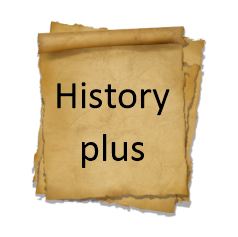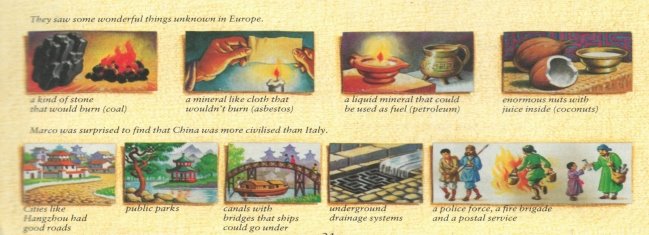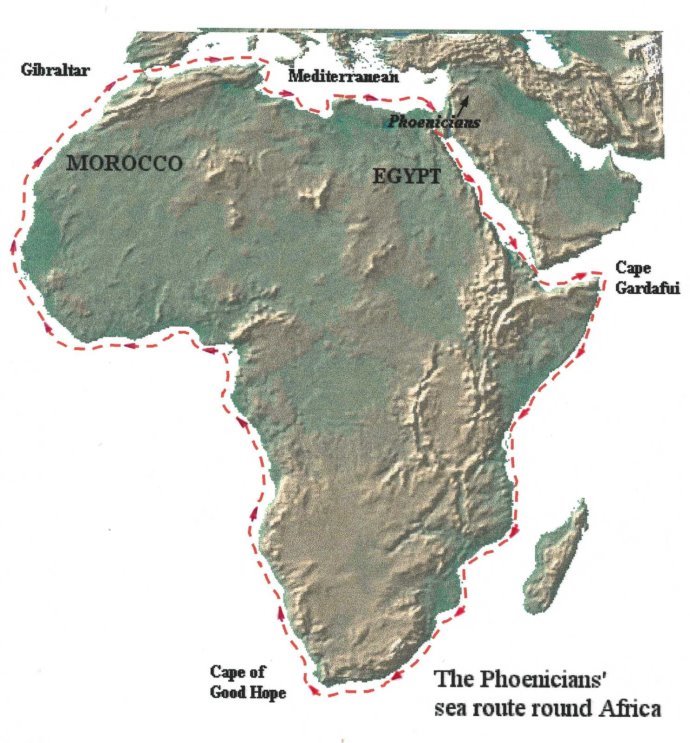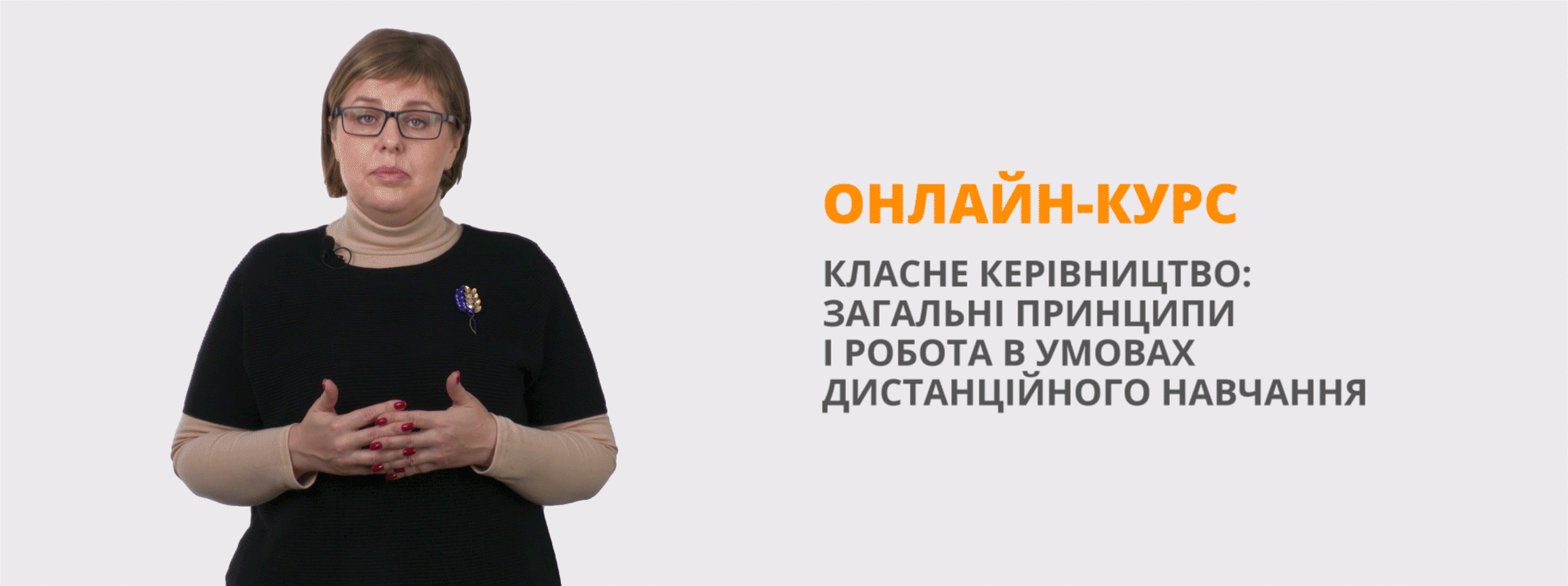Розробка уроку (конспект) з англійської мови у 9 класі з теми: “From the History of Travel”
Розробка уроку у 9 класі по темі:
“From the History of Travel”
Вчитель англійської мови
спеціалізованої школи № 197
ім. Дмитра Луценка м. Києва
Ошкало Ірина Миколаївна
The aim:
Reading and listening comprehension
Speaking skills
Using tenses (Past Simple, Past Continuous, Past Perfect)
 TRAVEL
TRAVEL
Travel is extremely important nowadays. Thousands of people travel every day either on business or for pleasure.
It’s interesting to know that two hundred years ago most people never traveled further than a few kilometers. Whenever they traveled they went by carriage, or on horseback or just walked.
But in the last quarter of the twentieth century people have traveled a lot. Many people travel 50 or 100 kilometers daily by public transport or private car. Millions of people travel long distances abroad on business trips or for holidays every year. Even a housewife who is going shopping may travel twenty kilometers.
Modern life is impossible without traveling. That is a very interesting subject to talk, but at our today’s lesson we’ll touch the subject about The History of Travel.
1.We’ll be talking about the first travelers, the Phoenicians, who lived in 600 BC (roughly) and their journey round Africa and about Father of travel Marco Polo and his journey to China in the middle ages.
1. Phonetic drills
We’ll be using the map and we’ll have to use a lot of geographical names so let’s refresh in your memory some geographical names.
What is the English for:
|
Фінікійці |
/fɪˈnɪʃɪənz/ |
|
Португальці |
/ˈpɔːtʃuˈgiːz/ |
|
Єгипетський фараон на ім’я Ніко |
/ˈfeərou/ |
|
Гібралтар |
/ʤɪˈbrɔːltə/ |
Суець |
/ˈsu: ɪz/ |
|
Африка |
/ˈæfrɪkə/ |
|
Єгипет |
/ˈiːʤɪpt/ |
Середземне море |
/ˌmɛdɪtəˈreɪnjən/ |
|
Александрія |
/ˌælɪgˈzɑːndrɪə/ |
|
Мороко |
/məˈrɒkəu/ |
|
Ліван |
/ˈlɛbənən/ |
|
Ізраїль |
/ˈɪzreɪəl/ |
|
Червоне море |
/ˈrɛd siː/ |
|
Мис Доброї Надії |
/ˈkeɪp ɒv gu:d houp/ |
|
Мис Гардафью |
/ˈga:dəfju:/ |
2.Read the text “ The Sun was in the North” and look at the map. (Демонстрація карти на інтерактивній дошці).
If the Phoenician sailors set off in 600 BC, where do you think they were in:
December 600?
May 599?
July 599?
December 598?
THE SUN WAS IN THE NORTH
The Portuguese discovered the west coast of black Africa 500 years ago. But historians believe that, 2,000 years earlier, the Phoenicians may have travelled right round Africa in small boats from Suez to Gibraltar and back to Egypt.
The journey was planned by the Egyptian pharoah Necho in 600 BC. He was interested in finding a sea route from Egypt's eastern coast on the Red Sea to Alexandria on the Mediterranean. In those days, nobody knew how big Africa was, and he believed it would be easy to follow the African coast round to Morocco and back to Egypt.
Necho hired crews of Phoenicians to make the journey. The Phoenicians lived at the eastern end of the Mediterranean, where Lebanon and Israel are today. There were interested in Necho's plan, because their traders wanted to find a new route to their markets in the western Mediterranean, avoiding waters which were controlled by their Greek rivals.
According to an old story reported by the Greek historian Herodotus, the Phoenicians set off at the beginning of winter in 50-oared sailing ships, rowed to the eastern tip of Africa at Cape Gardafui, and then sailed south-west on the monsoon winds. Month after month went by, and they sailed further and further south. During their journey, the weather became steadily, and the seas rougher, and the Phoenicians were amazed to see that the sun now in the north at midday. They must have thought that they would never see their homes again. But after six months, the coast turned west; they went round the cape of Good Hope and at last began to travel north.
While they were sailing up the west coast of Africa they ran out of food, and had to land to collect more supplies. This delayed them, and it was only after fifteen month that they reached a country they knew – Morocco. From there they went on to Gibraltar and then sailed east to Egypt. When they eventually arrived home, they had been away for over two years, and had travelled 25,000km.
Answers:
December 600 : somewhere off the east coast of Africa, heading south;
May 599 : at the southern tip of Africa (Cape of Good Hope);
July 599 : either of the west coast of Africa, or on land collecting food;
December 598 : back home.
3.True or false
We had done a lot of useful exercisers working with the text before. I`m going to complicate the task for you. I`ll read some extracts (episodes) from the text. In general they are true but false in one or two details. Listen to me carefully, find out the wrong details and correct me.
- The Portuguese discovered the east coast of Africa 500 years ago.
- 2000 years earlier the Phoenicians may have travelled right round Africa from Alexandria to Gibraltar and back to Egypt.
- The Egyptian pharaoh Necho had business reason for finding a sea route round Africa.
- Pharaoh hired crews of the Portuguese to make the journey.
- The Phoenicians lived at the eastern end of the Mediterranean where Arabia is today.
- Pharaoh thought it would be a long journey.
- The Phoenicians traders wanted to find a new rout to their markets in Egypt`s eastern coast on the Red sea.
- The Phoenicians set off at the beginning of winter in 50-oared sailing ships, rowed to the eastern tip of Africa at Cape Gardafui, and then sailed further and further south on the monsoon winds.
- Month after month went by, and they sailed further and further south and during their journey there was nothing surprising and amazing. (How can you explain it?)
- After six months the coust turned east and they went round the Cape of Good Hope and at last began to travel to the Red sea.
- While they were sailing up the west coast of Africa they got lost on the north and sailed in the wrong direction.
This delayed them and it was only after 15 months that they reached a country they knew – Egypt.
4.Collecting the information and writing narrative about MARCO POLO’S JOURNEY TO CHINA. (Work in pairs)
Now your job is to collect the information about Marco Polo’s journey to China. (Робота з інтерактивною дошкою.)You can get the information you need during our lesson:
- from the map (Демонстрація карти на інтерактивній дошці "Marco Polo's route to China") (Додаток А)
- from the pictures
- from the recording
- from the grammar exercise
- from the teacher if you ask questions in correct English.
Then I’d like you to summarize the information and at home you are to write the story of Marco Polo’s journey to China in the logical order.
1.Phonetic drills:
|
Venice |
/ˈvɛnɪs/ |
|
Iskenderun |
/ɪ:skendeˈru:n/ |
|
Iran |
/ɪˈrɑːn/ |
|
The Arabian Gulf |
/əˈreɪbɪən gʌlf/ |
|
Afghanistan |
/æfˈgænɪstæn/ |
|
The Pamir mountains |
/ pəˈ mɪə/ |
|
Mongolia |
/mɒŋˈgəulɪə/ |
|
The Gobi Desert |
/ˈgəubi ˈdɛzət/ |
|
Hangzhou |
/ˈhæŋdʒou/ |
|
Arabia |
/əˈreɪbɪə/ |
|
South-East Asia |
/ˈeɪʒə/ |
|
Burma |
/ˈbɜːmə/ |
|
India |
/ˈɪndɪə/ |
2.Work in group. Using the map, useful expressions and words describe Marco Polo’s journey to China: (Робота з інтерактивною дошкою. Демонстрація карти.) (Додаток Б)
|
to head |
to find themselves |
|
to set off |
to be somewhere off |
|
to travel |
the route turned |
|
to arrive (in, at) |
to reach |
|
to start on a journey |
to leave |
|
to be on one’s way |
to travel further and further |
|
to follow the route |
dotted line (пунктир) |
|
to make one’s way to |
arrow |
|
to cross |
To ride through |
3.Listening comprehension
Does the text mention about a single journey to China.
Script
‘700 years ago, in about 1260, the first Europeans travelled to China. They were two brothers, businessmen from Venice in Italy. When they reached China they were welcomed by the emperor, and they stayed there for a little time before returning home.
Eleven years later they made a second journey to China. One of them took his son alone, a young man called Marco Polo. Marco kept a diary, in which he recorded his experiences on the journey and iv China.
The Polo family spent many years in China. Marco’s father and uncle became rich businessmen. Marco himself worked for the emperor, becoming one of his advisers, and travelling to various other countries in South-East Asia on official business. Later the emperor made him governor of the city Yangchow, and a member of his imperial council.’
Comprehension exercise
1.Two brothers, businessmen from Venice in Italy stayed in China for some time because:
a. they were welcomed by the emperor;
b. they enjoyed themselves in China;
c. one of them fell in love with a beautiful Chinese girl;
2.They made a second journey to China
a. after some time;
b. just after returning home from China:
c. eleven years later;
3.Why did M. Polo keep the diary
- he was bored during the journey;
- his father asked him to make notes;
- he recorded his experiences on the journey and in China;
4.Marco Polo travelled to various other countries in South –East Asia
- on vocation;
- because he became a rich businessman;
- on official business;
4. Grammar exercise (Демонстрація вправ на інтерактивній дошці)
Put the correct tense (simple past, past continuous of past perfect).
- After the two brothers (return) from China, they (plan) a new journey.
- While they (travel) to China, Marco (keep) a diary.
- Marco (become) ill while they were (cross) Afghanistan.
- This (delay) them for a year.
- After Marco had (recover), they (go) on.
- Several times they (have) to change their route to avoid wars and bandits.
- In China, Marco (become) the emperor’s friend and adviser.
- While he was (work) for the emperor, he (travel) all over the Far East on imperial business.
- The Polo family (stay) in China for twenty years.
- In 1292, when the emperor was (get) old, they (decide) to return home.
- When they (arrive) in Venice, they (tell) everyone about their experiences, and Marco (publish) his diary.
- But people (think) they were (lie). Nobody (believe) their fantastic stories about the strange countries they had (visit) and the wonderful things they had (see).
- Getting the information from the pictures (Демонстрація малюнків на інтерактивній дошці)

- Summarizing the information. (Work in group)
Expand a short statement and give more details. You don’t need to include all the information in your story – just put in what you think is most important.
- The first Europeans travelled to China in the Middle ages.
- The second journey to China seemed to be longer than they expected.
- Marco himself worked for the emperor.
- China was more civilized than Italy.
Додаток А

Додаток Б



про публікацію авторської розробки
Додати розробку
